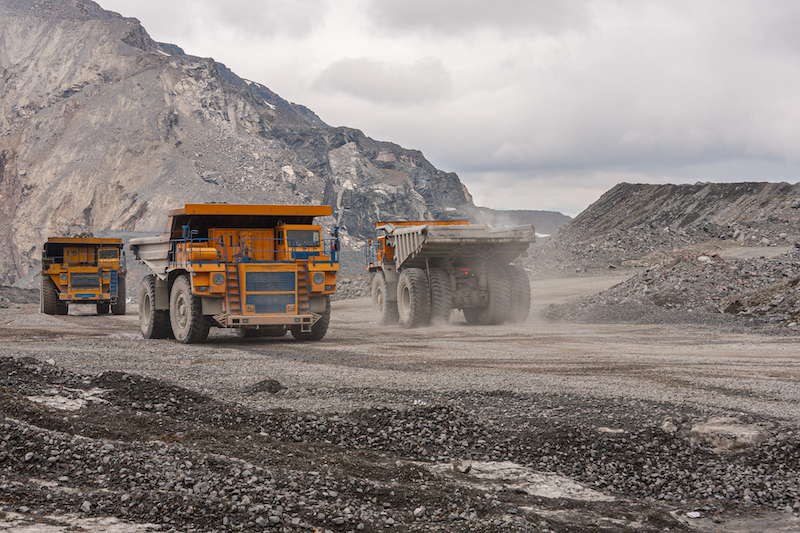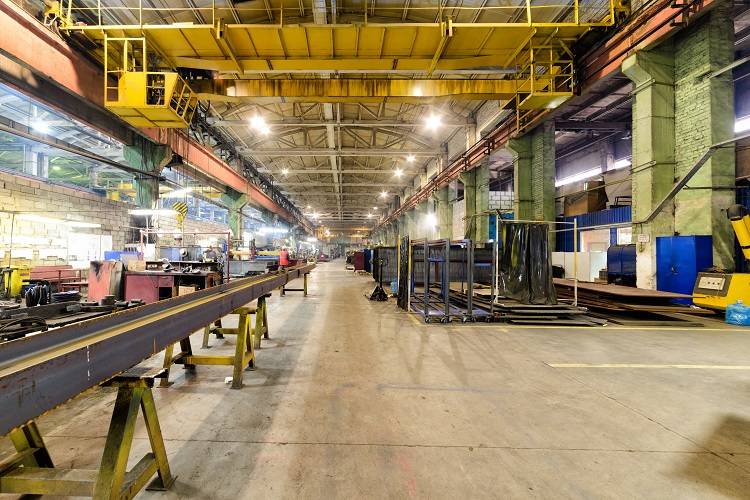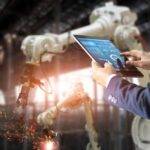In the first part of this series, we looked at how artificial intelligence (AI) is playing a part in the smart factory. The smart factory is a facility powered by the Internet of Things (IoT), which allows machines to share data gathered by a wide range of sources. From the demands of customers to the functioning of the machines themselves, the IIoT creates a factory that is more adaptable and efficient, and AI is key.
Tough Conditions
Even as AI is being deployed into the industrial environment, it is important to remember that this is tough place for advanced technology. Factories are home to hazardous atmospheres, harsh chemicals and waste products. Even industries that depend upon sterile environments, such as the food preparation and pharmaceutical sectors, use machines that create heat and vibration whilst working.

Even under these harsh conditions, collecting data from machines is vital. The smart factory depends on the feedback provided by the constellation of sensors that will be part of every IIoT installation, and each of these sensors will require both the power to operate and a connection to the network so that they can share information. This means that the number of connections required within the factory will increase.
The volume of information traveling around the smart factory has given rise to new solutions. With the profusion of drives, controls, and sensors in the modern factory, the time taken for data to be shared and processed becomes a real concern. Edge computing brings artificial intelligence onto the factory floor and closer to the point of need. As a result, sophisticated equipment is installed on or around machines to create the lowest latency. This equipment will need protection from harsh factory conditions, even while it is providing high-speed, secure communications that allow it to integrate with the rest of the network.
The increase in the number of devices that are part of the network, along with the deployment of sophisticated computing equipment on the factory floor, has led to the need for greater numbers of connectors than ever before. These connectors need to offer superior performance, whether delivering power to energy-intensive processes or providing secure high-speed communications for intelligent automation equipment. At the same time, these connectors need to be robust and sealed, ready to resist the harsh environments found on today’s factory floor.

Connectors need to be designed to provide sealing against the ingress of water and other contaminants, and the materials from which they are constructed need to resist the chemicals that will be found in the environment. In the event of a hazardous atmosphere, the connectors need to ensure that they will not create the conditions for fire or explosions.
Connectors for the Factory of Tomorrow
At the same time, connectors need to be easy to assemble and terminate. Data connectors need to be able to interface with existing computer networks using familiar methods such as RJ45 and USB, and potentially even fiber optics. Finally, the volume of connections required for the large number of sensors, drives, and controls in the smart factory means that connectors should be small and compact.
Samtec understands the challenges faced by designers and has created a portal dedicated to connectors for the AI technology deployed into this demanding environment. In one place, designers can now find the Samtec products that are perfect for the latest developments in the world of AI. Well known for delivering high performance, Samtec has also developed a range of programs that ensure their connectors are able to perform flawlessly in the industrial arena. From the Severe Environment Testing initiative to Extended Life certification, Samtec is helping enable the huge advances in data processing that is at the heart of the smart factory.

The Industrial Internet of Things offers a huge opportunity for manufacturers to adapt to new ways of working. The smart factory market is growing, with Reuters predicting a growth of 10% per annum for the foreseeable future. The adoption of this new technology will see both brand-new factories being built and existing users adapting their facilities to take advantage of the benefits it will bring. Connectors will form an important part of this revolution. Whatever the possibilities that AI might provide, make sure that the connectors which form a vital part of their infrastructure are ready for the challenge of the industrial environment.



Leave a Reply